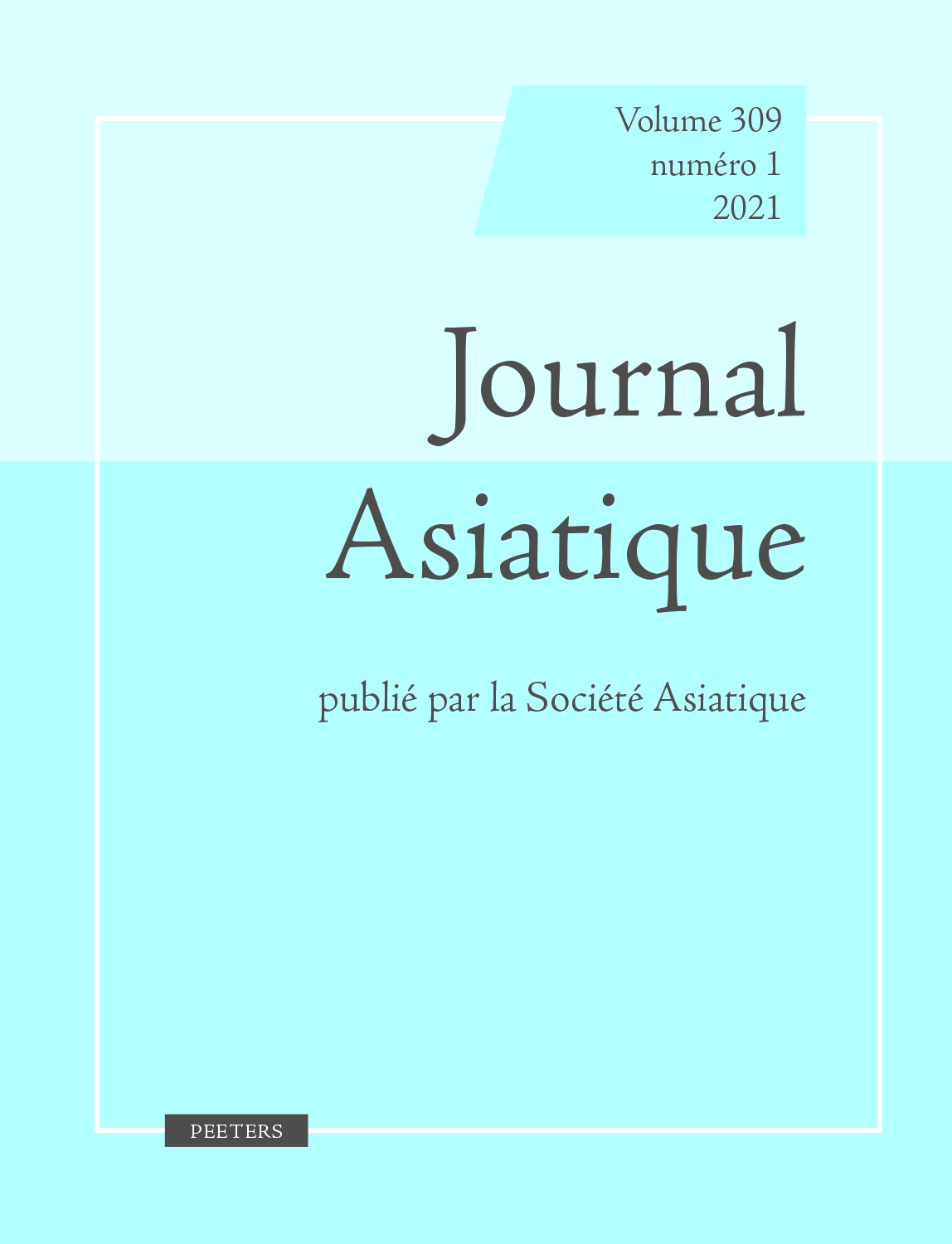 previous article in this issue previous article in this issue | next article in this issue  |

Preview first page |
Document Details : Title: Symboliser et figurer le divin en Islam classique entre lumière naturelle et lumière artificielle Author(s): BONNÉRIC, Julie Journal: Journal Asiatique Volume: 300 Issue: 2 Date: 2012 Pages: 761-775 DOI: 10.2143/JA.300.2.2961402 Abstract : La lumière, naturelle ou artificielle, est un symbole que l’on retrouve au fondement des trois grandes religions monothéistes. Le symbolisme de la lumière est en effet souvent convoqué pour signifier la présence divine, son caractère ubiquitaire et son omniprésence. Dans la religion chrétienne, Dieu est ainsi associé à la lumière naturelle, lumière verticale émanant du ciel, qui en traduit l’origine céleste et la toute-puissance. En Islam, cette identification de la lumière céleste à la lumière divine, connaît toutefois un traitement différent. En effet, c’est d’abord à la lumière artificielle produite par les luminaires - lumière horizontale et circulaire - que la lumière divine est identifiée. Cette symbolique de la lumière artificielle se fonde principalement sur le «verset de la Lumière» (Coran, XXIV, 35). La double identification - de la Lumière à Dieu, de la lampe au Prophète - à laquelle ce verset a donné lieu jouera un rôle significatif, aussi bien dans l’exégèse coranique et la philosophie islamique, que dans la société musulmane dans son ensemble. Dans l’architecture religieuse, les nombreux luminaires disposés dans la mosquée contribuent à commémorer le divin et à mettre en scène l’espace sacré. Light, natural as artificial, is a foundational symbol for all three monotheistic religions. The symbolism of light is often invoked to signify the ubiquitous and omnipresent divine presence. In Christianity, God is associated with natural, vertical light from the sky, translating both the celestial origins and all-powerfulness. In Islam, this identification of celestial with divine light is treated somewhat differently. Indeed, divine light is identified first of all with the artificial light produced by luminaries and their horizontal and circular light. This symbolism of artificial light is based on the 'verse of Light' (Koran 24:35). The double identification - the Light of God, and the lamp of the Prophet - produced by this verse plays a significant role both in Koranic exegesis and Islamic philosophy, and in Islamic society in general. In religious archi-tecture, the various luminaries placed throughout the mosque contribute to commemorating the divine and creating a stage for divine space. |
|


